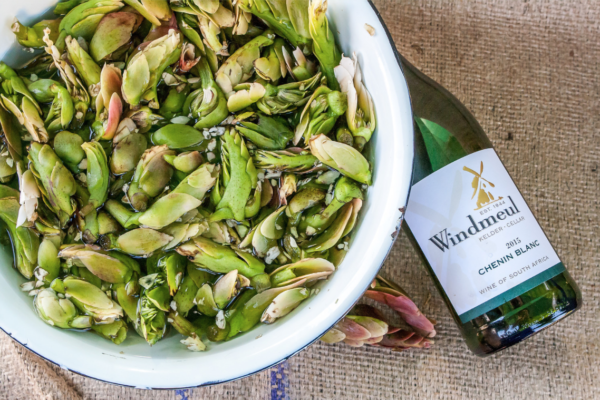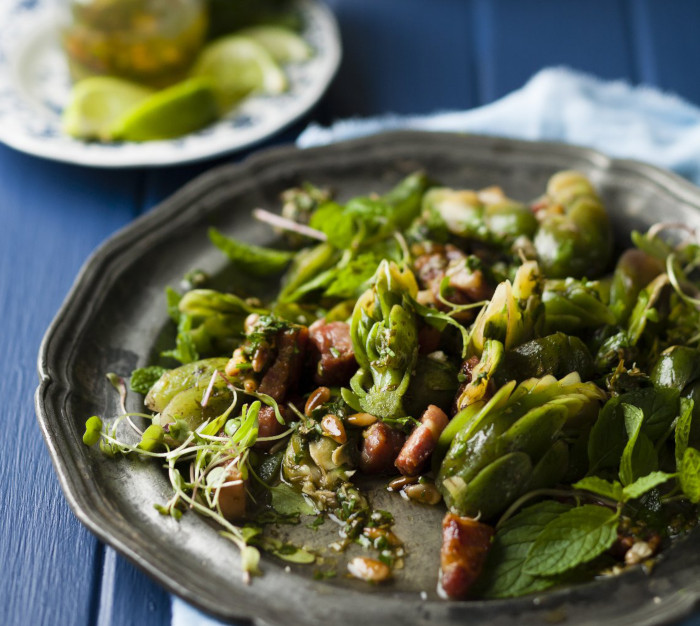After a few poor rainfall seasons and unfavourable temperatures, the Western Cape is finally welcoming a large harvest of waterblommetjies thanks to the recent rainfall.
Known as ‘Cape pond weed’ or the little water flower, waterblommetjies are a local delicacy endemic to the Boland area. It is grown during the colder months in fresh water ponds.
The flowers, as well as the outer surface, are the edible parts of the plant and provide a delicious addition to lamb or mutton stew – known as a waterblommetjie bredie.

The plant is high in minerals and vitamins and can be freshly chopped up for salads and makes a good pairing when infused with gin.
Waterblommetjies were originally used by the Khoisan community for medicinal purposes. This included healing burns and wounds, today the aquatic plant has become a key part of Boland wineland cuisine.
Due to the drought, for over two years, the harvest of waterblommetjies has been non-existent in the commercial farms of the Cape winelands.
Waterblommetjie season runs from the end of May until mid-October, but due to good rainfall producers have started harvesting in April – according to Freshplaza.
The demand for the sweetly scented edible flower has stretched to Gauteng and the Free State, putting pressure on local farmers for both distribution and growth.
Due to the increasing popularity, the plant was introduced for cultivation in Europe in the 17th century and can be found in Southern France and England.
The upcoming Waterblommetjie Festival takes place in the Paarl winelands and explores the countless ways this unique succulent can be used in cuisine. From gin cocktails to waterblommetjie ice cream, it is a festival you don’t want to miss.

Picture: Waterblommetjie Festival






